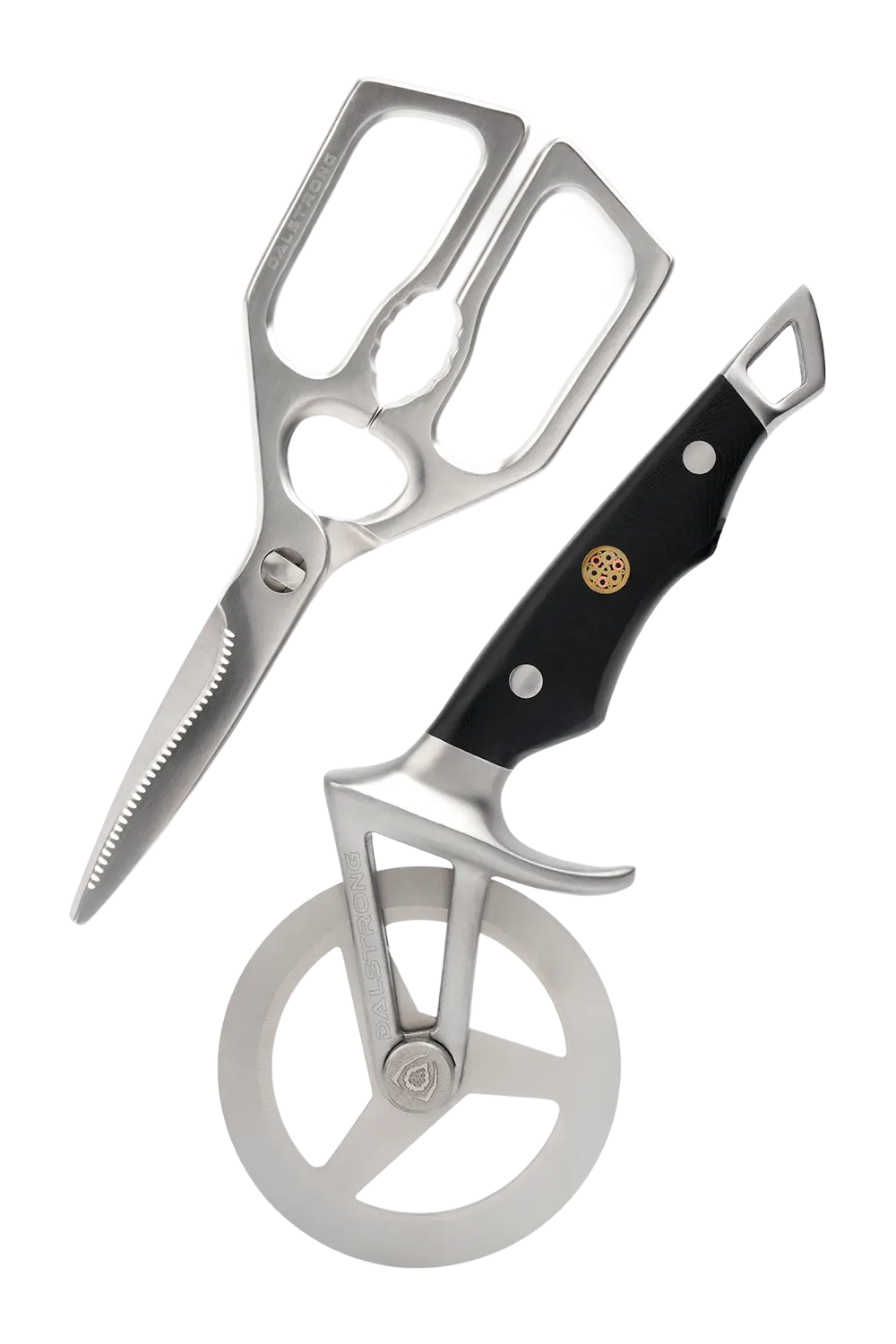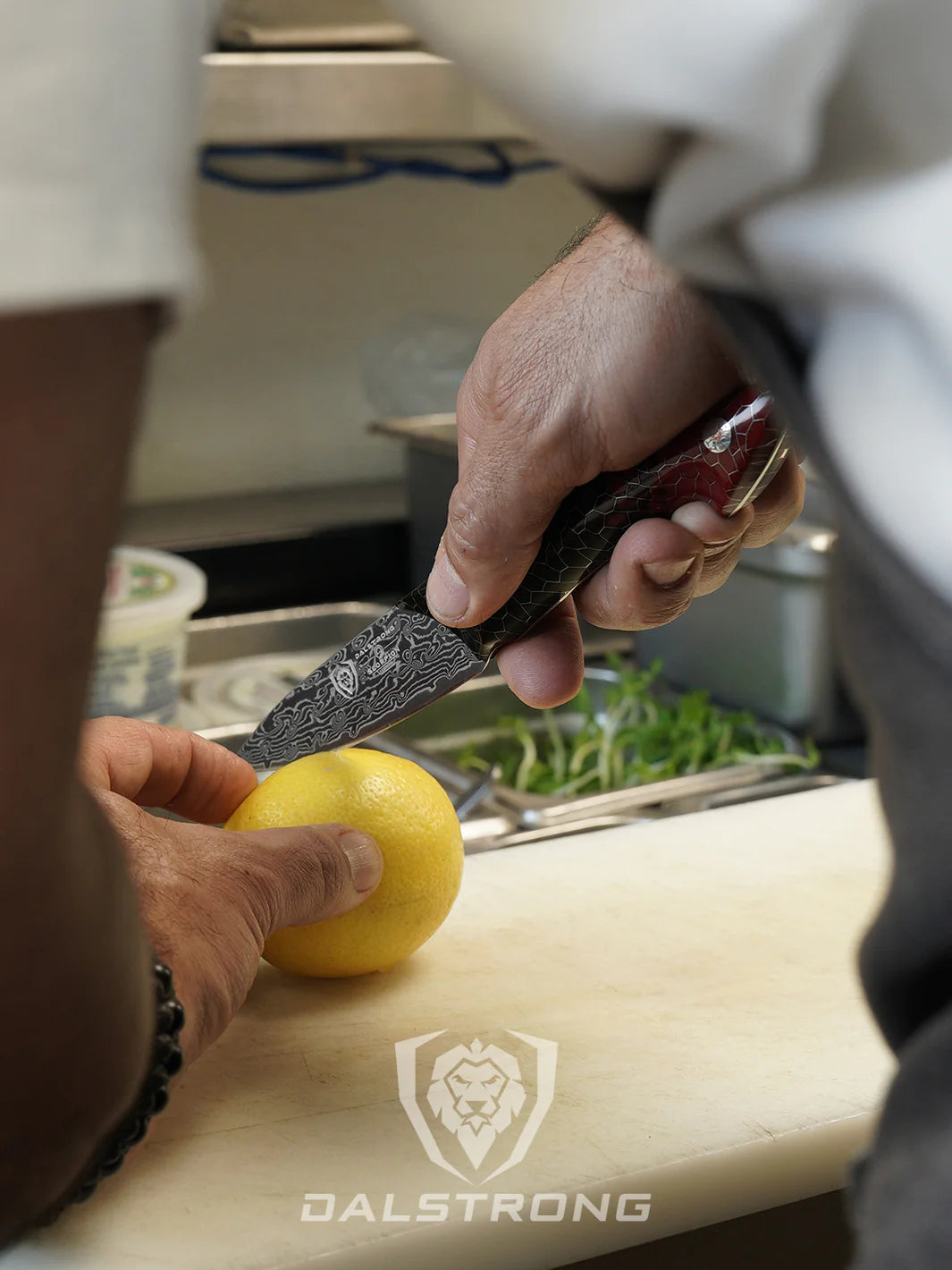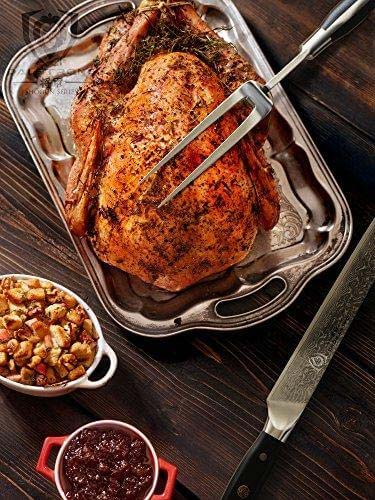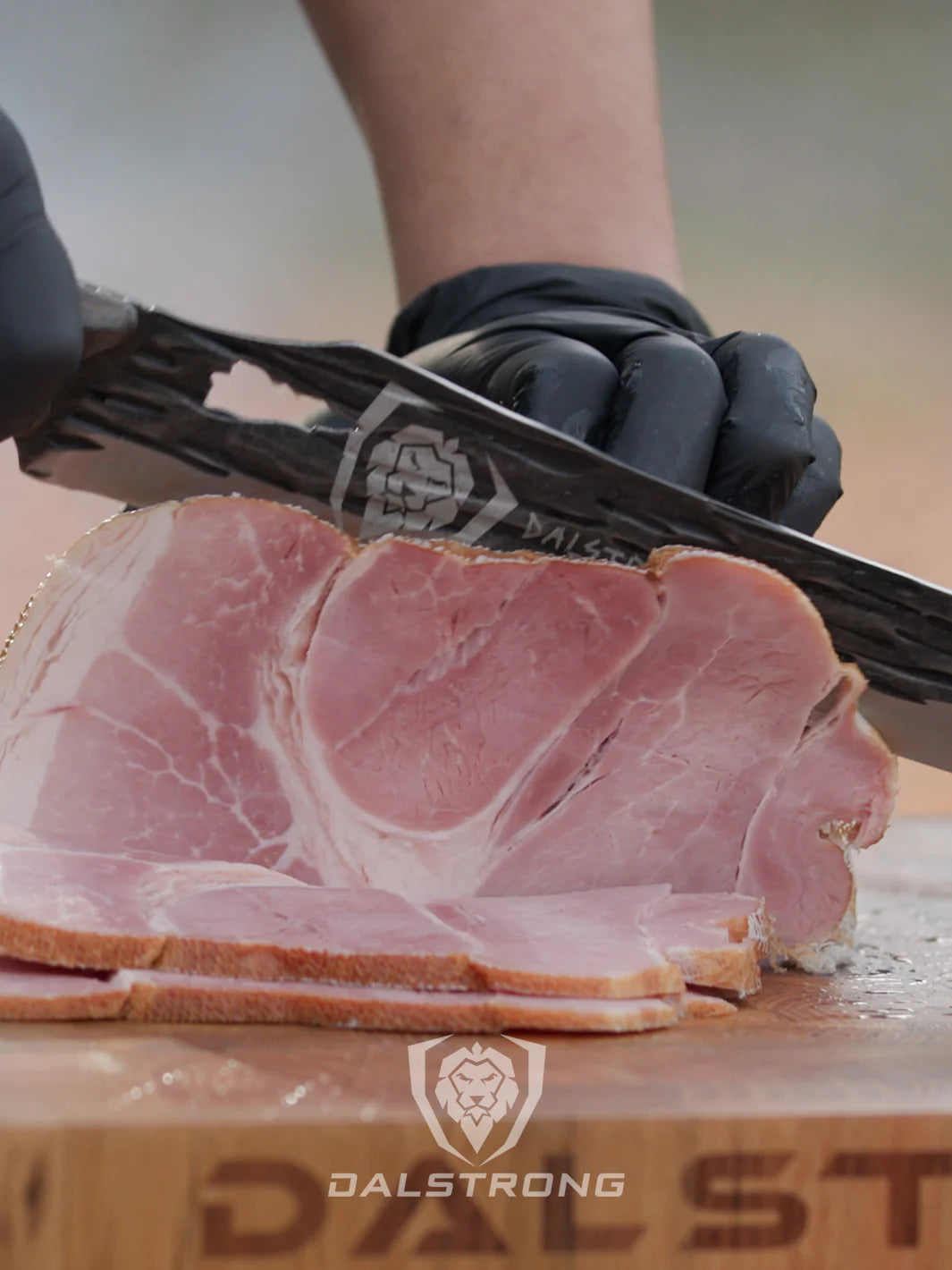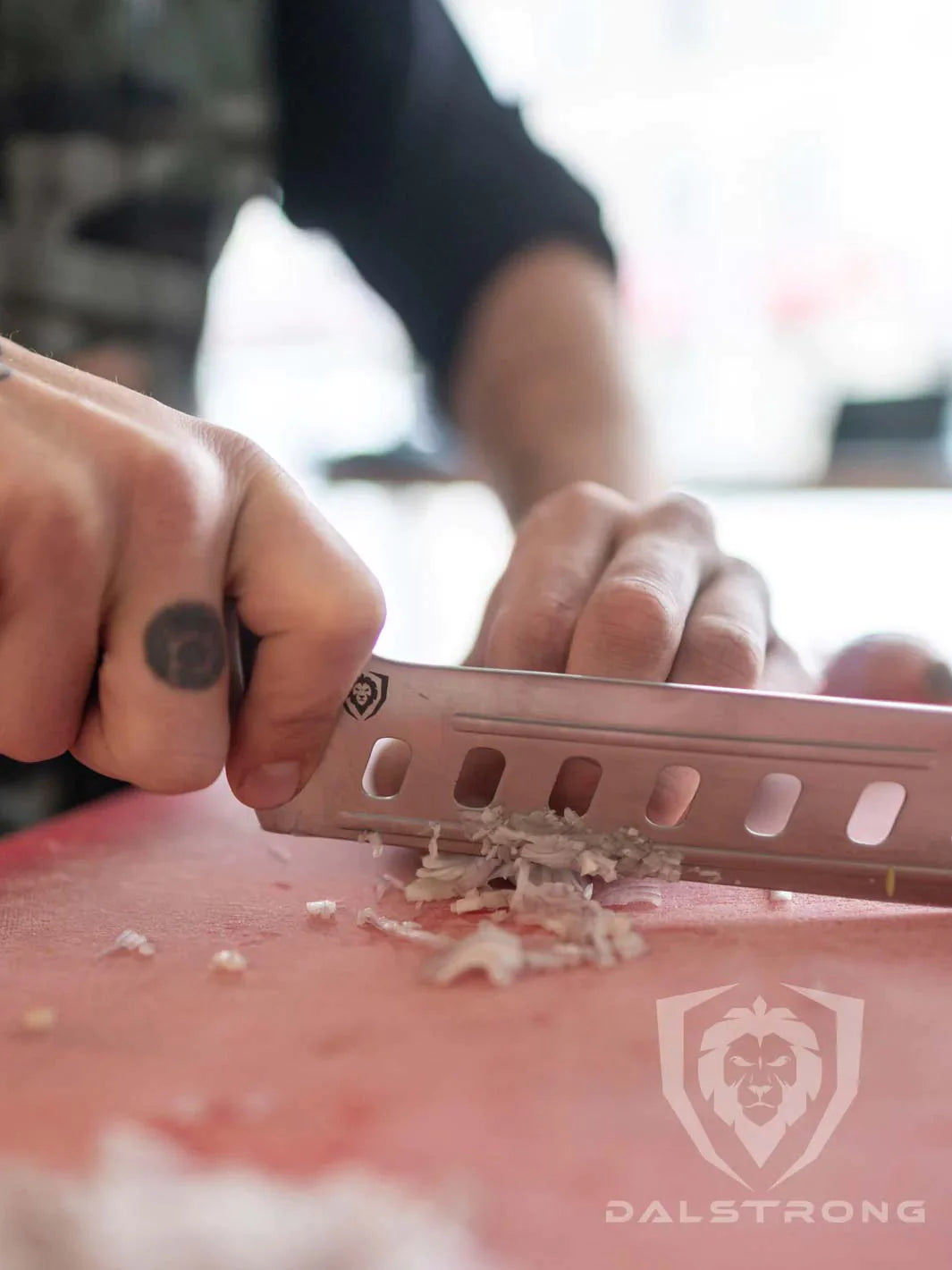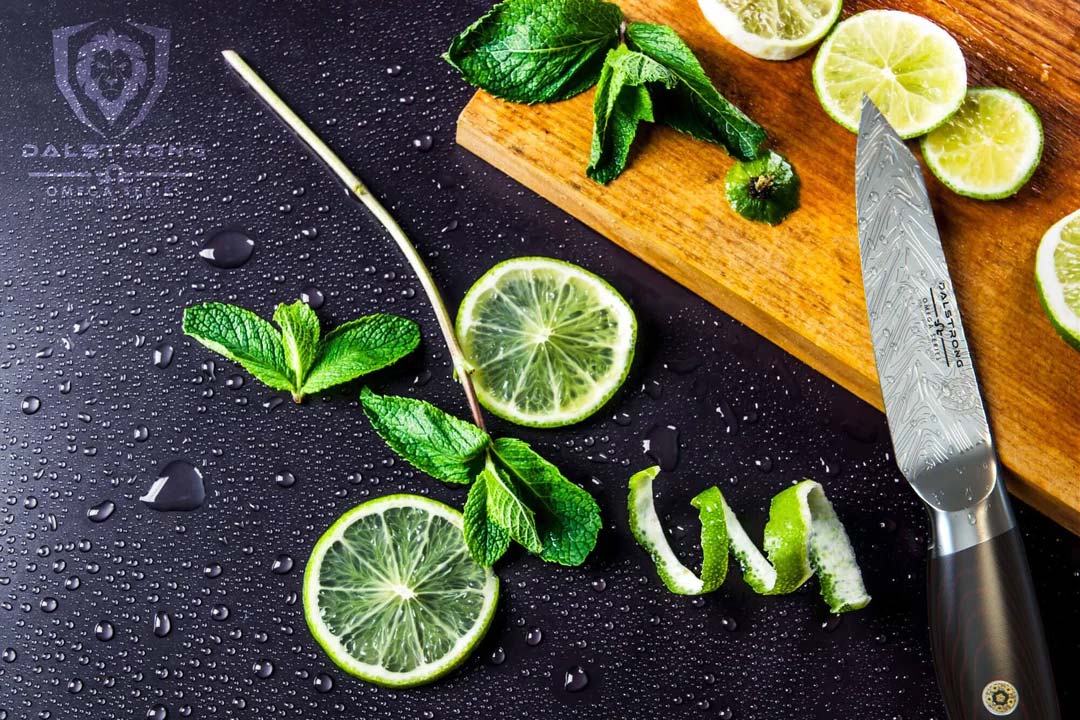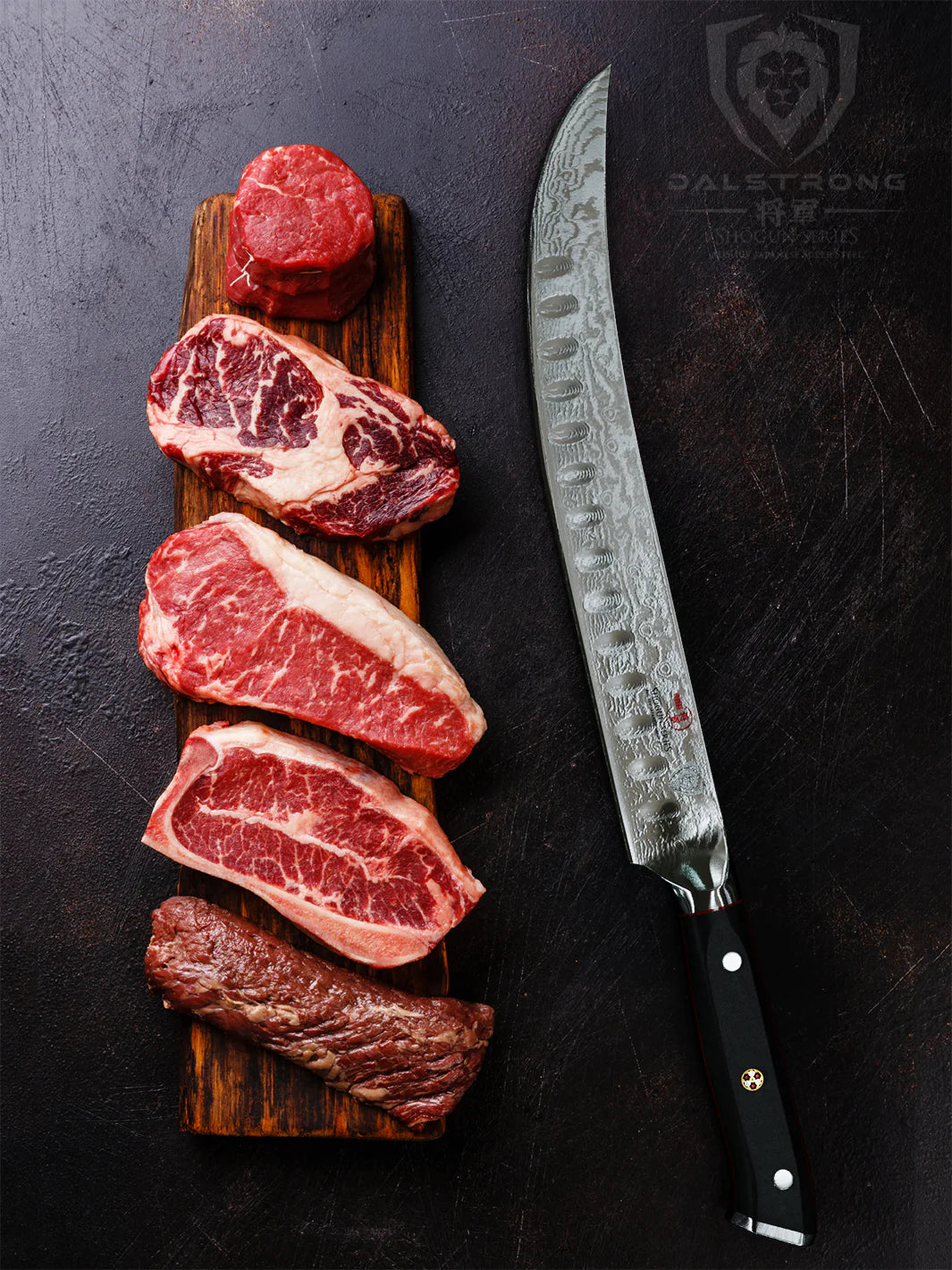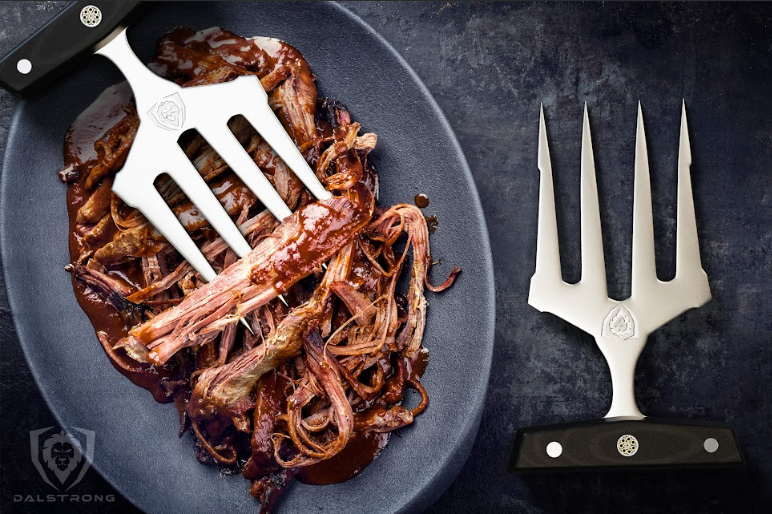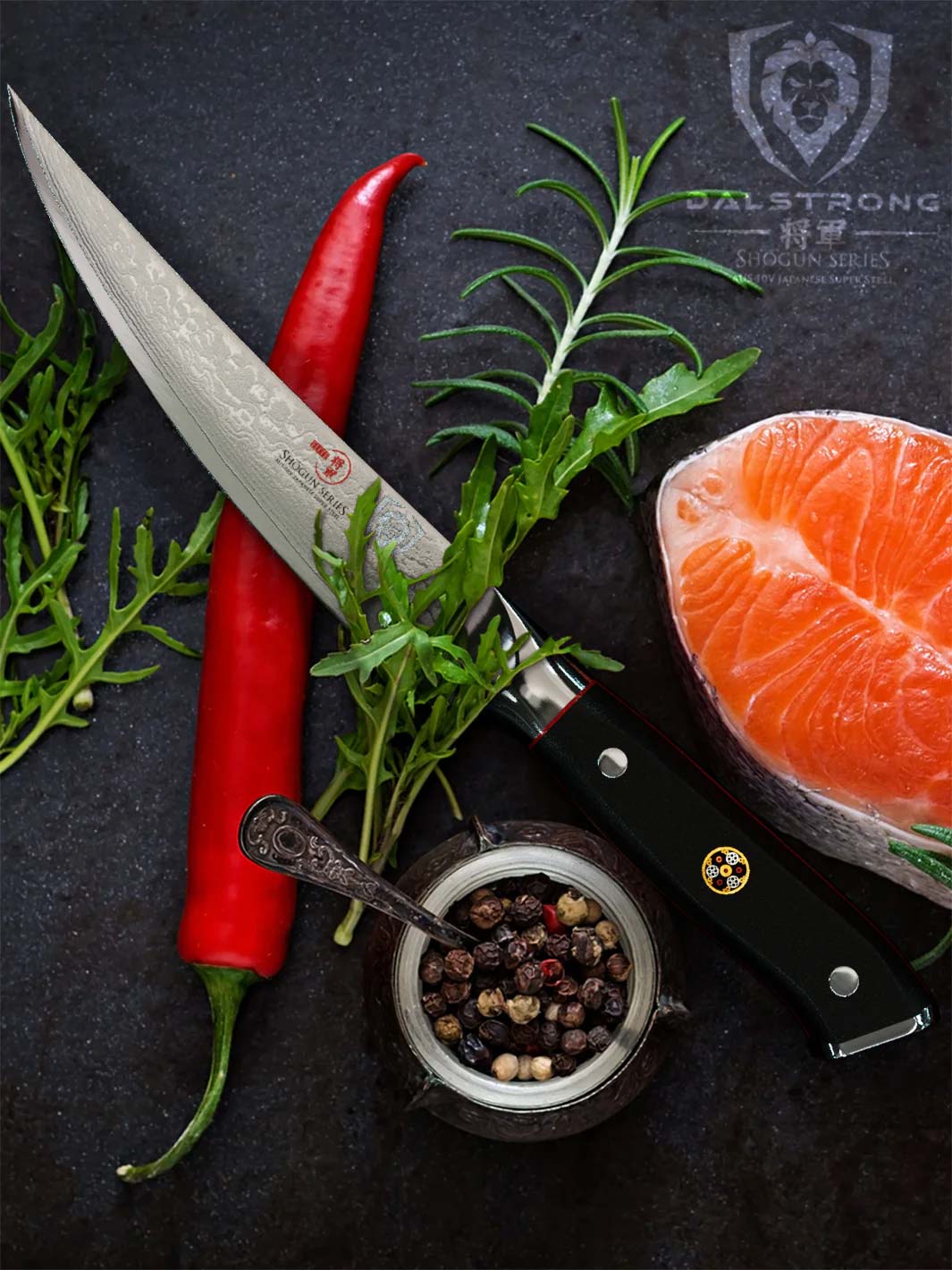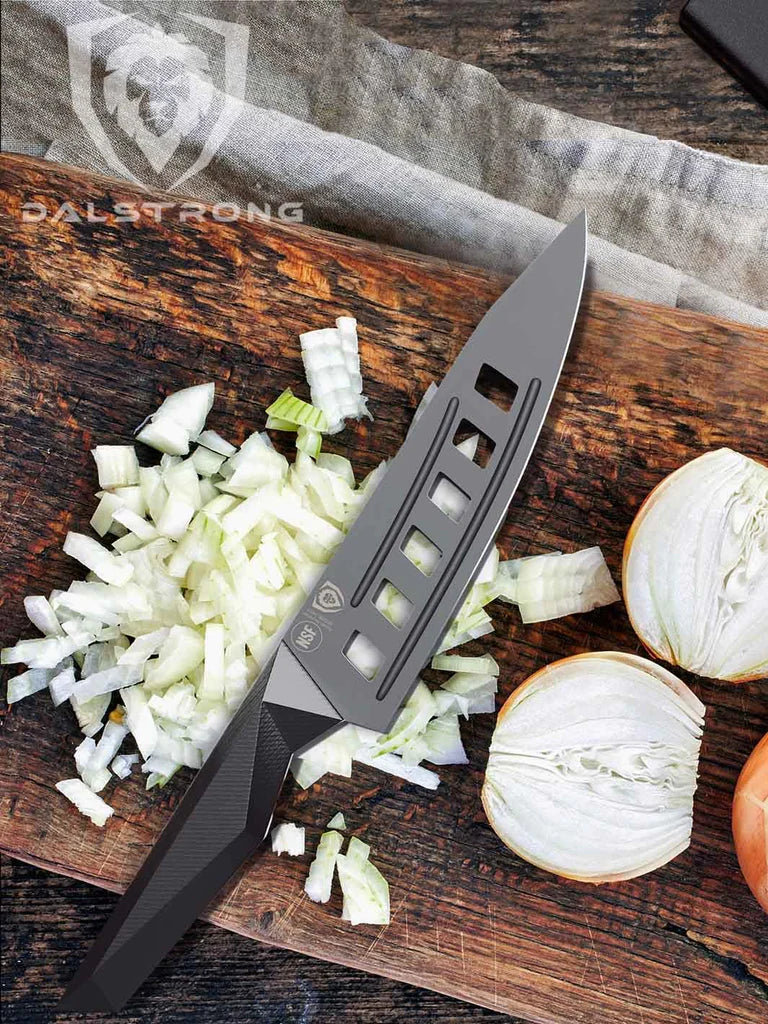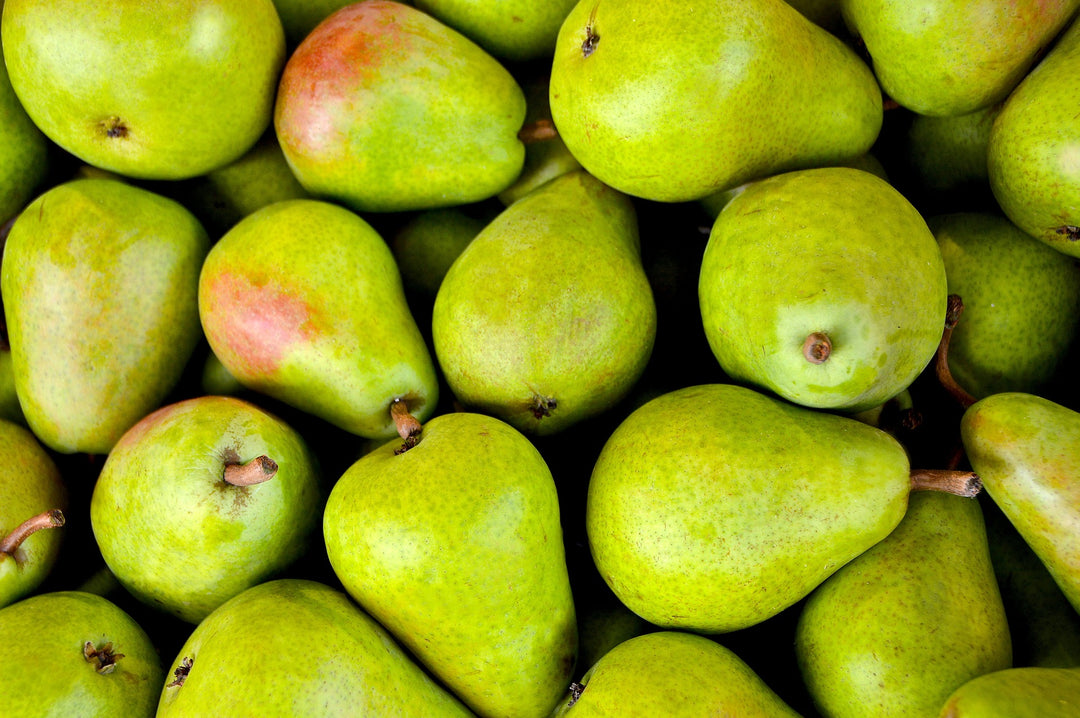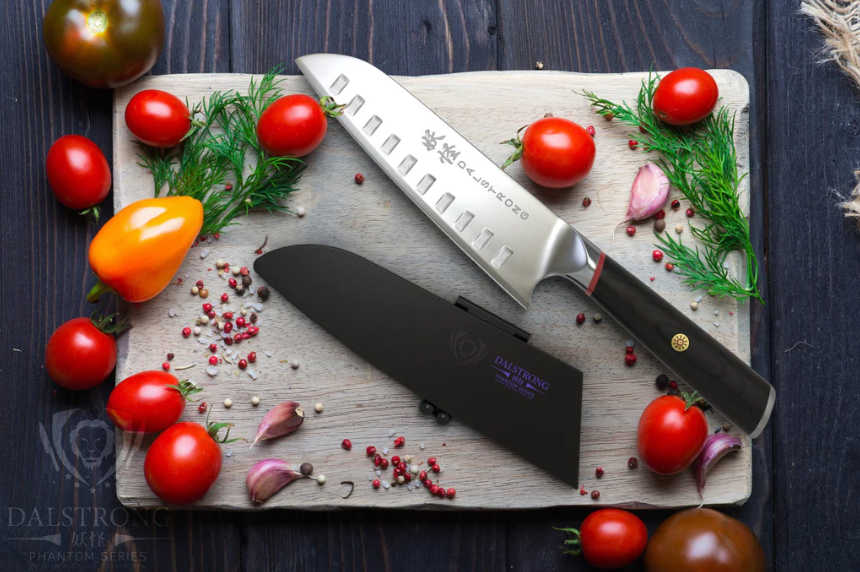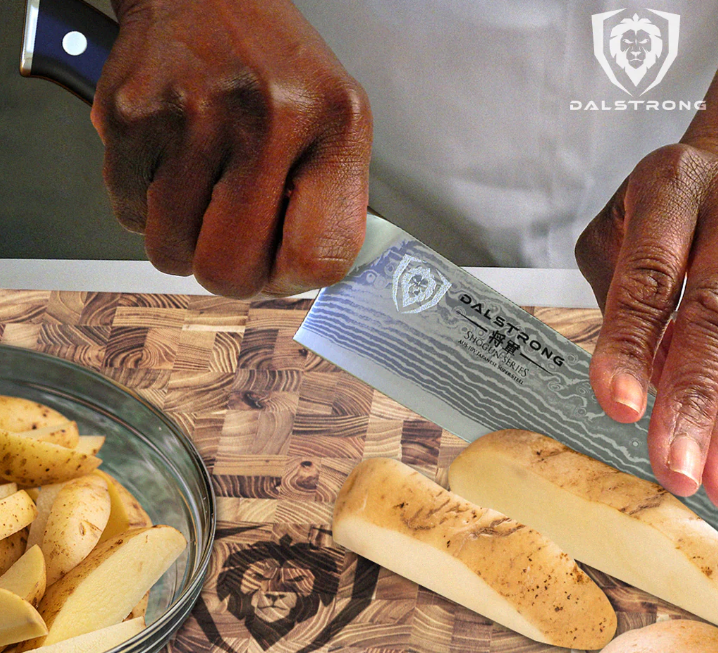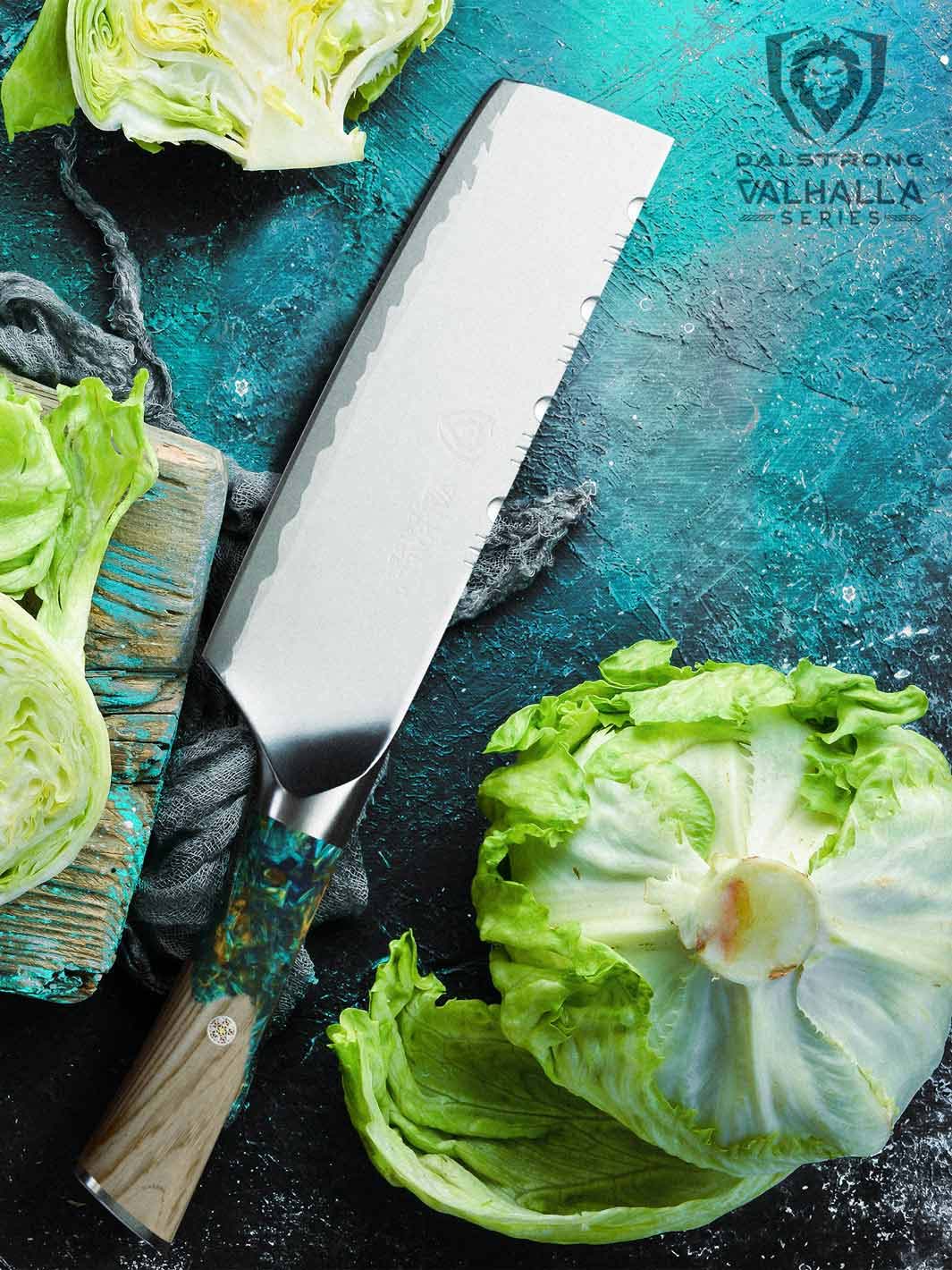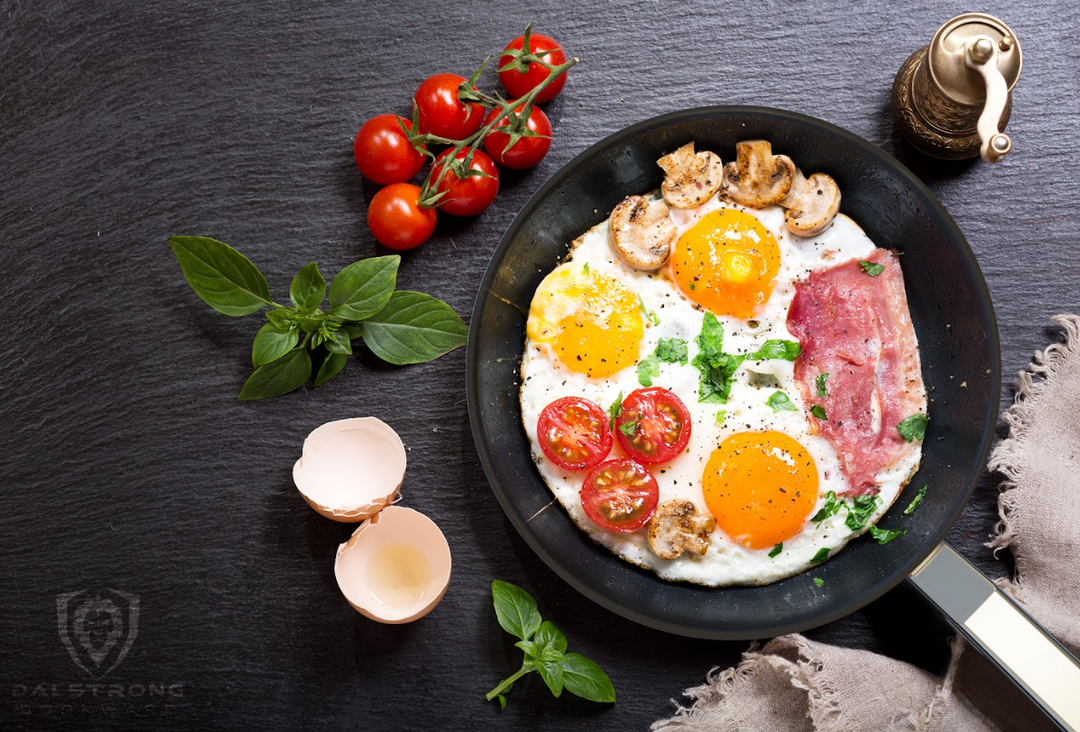How To Use A Whetstone
How To Use A Whetstone
- Immerse your whetstone in water for 5 to 10 minutes.
- Lay a Dalstrong coarse grit whetstone in its base or on a dry cloth to prevent slippage.
- Hold the knife blade at a 16º-18º angle (German Knife) or 10º-15º angle (Japanese Knife), maintain a constant angle and pressure to sharpen blade on each side.
- Switch to a Dalstrong finer grit whetstone and repeat the process, using slightly less pressure.
- Remove knife surface rust marks with the Dalstrong Cosmetic Rust Eraser.
1. What is a Whetstone?
Portable Whetstone Kit #1000 / #6000 Grit Combo with Oak Storage Box
Whetstone, sharpening stone, or water stone–it’s a matter of semantics. Each term describes what amounts to the same thing: a smooth stone surface that when wet, creates a slurry of liquid and sharpening particles that sharpen steel.
A whetstone can be formed from natural stone, or a whetstone may be made of manufactured materials that combine the best of natural and manmade qualities. The sharpening stone has existed for centuries and has been used for a lot more than sharpening knives. It's also been a useful tool for sharpening farmers’ scythes and machetes, dressmakers’ scissors, woodworkers’ chisels and planes, and every chef’s most cherished tool, the knife. Woe to the chef who tries to work with a dull knife. Uh-uh. No way.
2. Different Methods Of Knife Sharpening
 Ceramic Coating Honing Rod 10"
Ceramic Coating Honing Rod 10"
Electric sharpeners are popular and often reliable. With an electric knife sharpener, the angling and pressure required is already designed into the machine which limits versatility and can sometimes damage the blade edge.
Honing steel (or honing rod) is a chef favorite, and well cared for will last a lifetime. Ironically a honing your dull knife will not actually sharpen it. However, it will compliment other sharpening methods by narrowing the blade's angle.
Sharpening stones are another excellent steel-sharpening option loved by sculptors, fine woodworkers, and chefs alike. The rectangular stones are a simple, elegant solution for sharpening steel tools that artisans have used and improved upon across the world. “Lap” (level) a well-used whetstone periodically and you’ll make use of it for years to create one sharp knife after another.
Check out the best knife sharpeners here!
3. Can I Use Oil With My Whetstone?
Water is for Knives. Oil is for Chisels.The debate never ends–until this moment. A whetstone works best wet because any particles that could cause abrasion and ruin a blade are instantly washed away with liquid.
- Always use water with your whetstone to sharpen and polish knives.
- Use oil (woodworkers swear by kerosene) with chisels and planes.
4. How Do I Know When To Sharpen My Knife?
Dalstrong Phantom Series 8" Chef Knife
Even sharpened knives don't stay sharp forever. You need to sharpen your kitchen knives at least once every few months. Talk with chefs and you’ll learn dozens of “swear by” tips for when to sharpen your kitchen knife, one of the most popular being The Tomato Test.
A dull blade won't cut through a tomato’s skin in even slices without turning the tomato into a mess. If you 'smash' your tomato instead of slice it, it’s time to sharpen your knife.
After properly, patiently sharpening your knives, you’ll be able to slice a tomato to paper thin tomato-y perfection.5. How To Choose A Whetstone
 Dalstrong #400/#1000 Grit Premium Whetstone Set
Dalstrong #400/#1000 Grit Premium Whetstone Set
Like sandpaper, sharpening stones are available in progressively finer grit, beginning with the coarsest, #100 grit, right up to the #8000 or finer grit. The rule when using a whetstone to sharpen is simple:
- Sharpen dull knives with a coarse grit whetstone of #1000 grit or less.
- Polish your knives with a fine grit whetstone of #4000 grit or more.
Dalstrong offer three great options.
- An excellent place to start is with the #400 / #1000 Premium Whetstone Set.
- The Premium Whetstone Kit offers #1000 / #6000 grit stones, an acacia wood base, and a cosmetic rust eraser stone.
- The Dalstrong #3000 / #8000 Grit Premium Whetstone Set offers a larger, thicker duo of whetstones that promise a mirror polish to your screamingly sharp knives.
6. How To Polish A Knife
Take your kitchen knife and repeat the sharpening method of choice with the finer grit stone, making sure that you’ve soaked the whetstone well. For this step, sharpen each side of the blade for just a minute or two, and apply a little less pressure. As before, maintain the angle.
Pro Tip: As you learn to sharpen your Dalstrong knives, you may want to collect additional whetstones of various fine or coarse grit. Like so much in life, you’re the boss of what works best for you – and practice (totally) makes perfect.7. How To Use A Whetstone (Tips)
1. Immerse each whetstone in water.
Soak for five or ten minutes, or longer, until bubbles cease, (indicating that your whetstone has absorbed enough water for the job ahead).
Pro Tip: the whetstone material determines soaking time. As a rule, manufactured materials absorb water faster than natural stone, which can take up to two hours of soaking. Dalstrong sharpening stones are constructed of top grade corundum (aluminum oxide).
2. Set The Stage
To prevent slippage, lay your coarse grit whetstone in its base, on a dry kitchen cloth (or both), or clamp to a worktable.
3. Find Your Angle
Whetstone knife-sharpening Western-style begins by angling the knife blade at 16-18º from the stone. To create mild pressure, grip the knife handle with one hand and steady the fingers of your other hand on the side of the blade.
Sharpen Japanese knives using the traditional Asian push method: angle your knife at 10-15º from the sharpening stone.
4. Pull the knife towards your body (Carefully)
Pull the knife diagonally across the stone towards your body. Maintain the blade angle and pressure for an evenly sharpened blade.
Use three fingers of one hand to apply pressure to the blade, and steady the knife by gripping the handle with the fingers and thumb of your second hand. Place the knife at the inner edge of the whetstone and push away from your body. Asian-style sharpening requires that you use a mild pressure to sharpen a little of the blade at a time.
For both sharpening methods, check the blade frequently* until you feel a slight raised burr, and then repeat your chosen method on the other side of the blade.
*and keep the surface of your stone wet
Patience is key. Spend the time that it takes to achieve a beautiful polished, sharp knife. There is nothing like having the perfect tool for the job.
Pro Tip 1: some chefs mark the blade edge with a sharpie so that as they sharpen, the mark disappears. When the mark has disappeared, they trust the blade is sharp.
Pro Tip 2 : Pressure is a subjective term, and different for everyone. Learn to feel the correct pressure by pushing your knife onto a balanced kitchen scale. You’re looking for about 15 lbs. of pressure.
Pro Tip 3 : Listen and learn. A constant pressure is reflected in the sound of the blade moving across the stone.
For other sharpening methods, check our guides on how to sharpen a knife or how to sharpen a serrated knife.
8. Dalstrong Knife Sharpening Service
 Dalstrong Knife Sharpening Service
Dalstrong Knife Sharpening Service
All great chefs know: you’re only as good as your knives. Every Dalstrong knife is forged with premium materials and expert engineering to stay sharp for as long as possible. But with rigorous use in the kitchen, even the highest quality knives will lose their sharpness with time.
With our brand new knife-sharpening service, you can send in 5 or 7 knives at a time for sharpening. You’ll receive fully sharpened knives in just 4-7 days from the time we receive them.
Check Out Dalstrong's Knife Maintenance Tools Today
Written by Jennifer DeBell
Jenny believes there’s nothing better after a long day of writing than coring apples for a mile-high pie.

























































































































